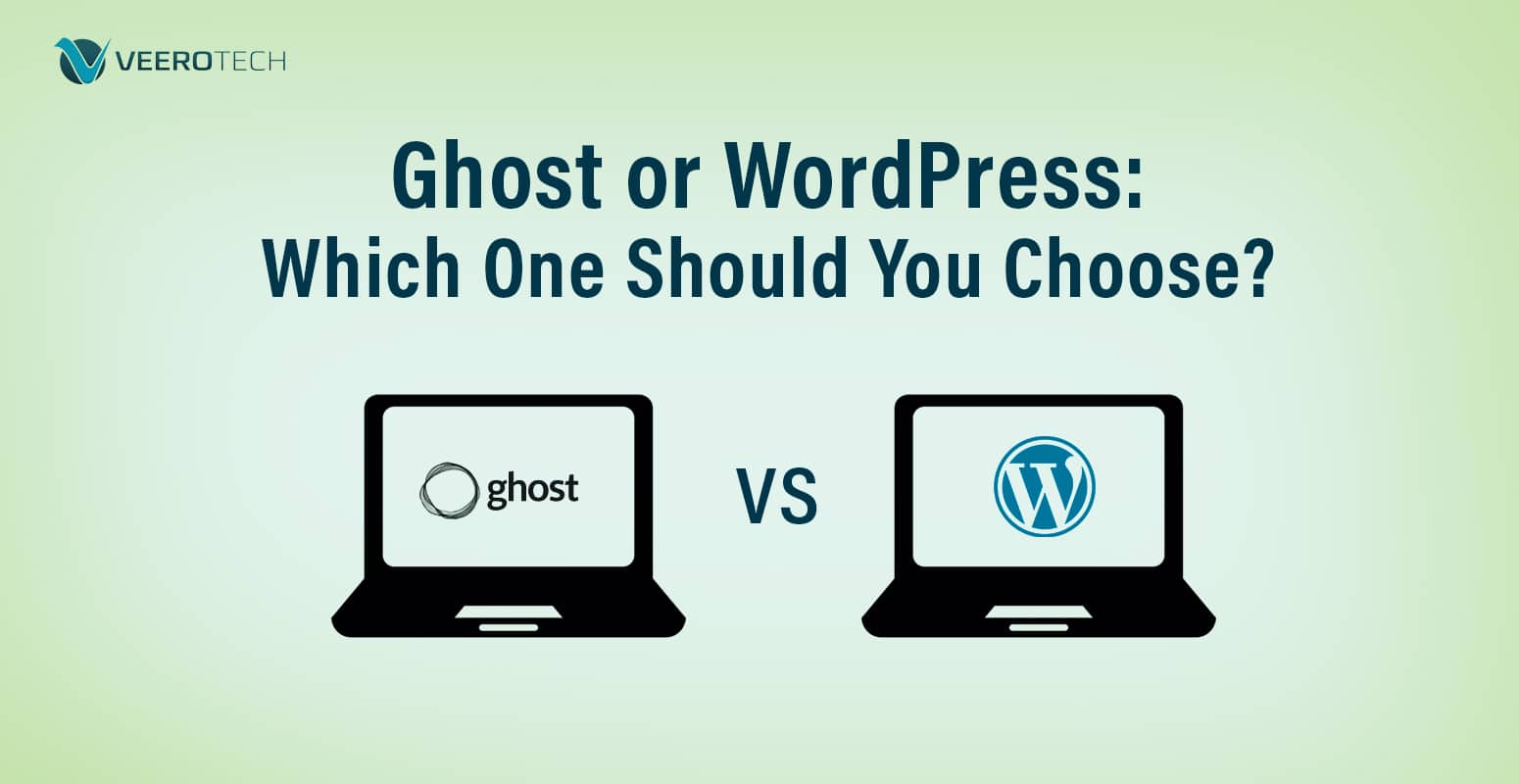If you decide to build your own website one day, you should start by getting to know various website platforms. Today, there are numerous options for creating the website you dreamt of without any technical or content-related hassle. In that list, WordPress and Ghost are two of the most widely used website-building platforms. And it might be confusing for beginners as they might be truly spoiled for choice here: which one is the better option, after all? Continue reading





